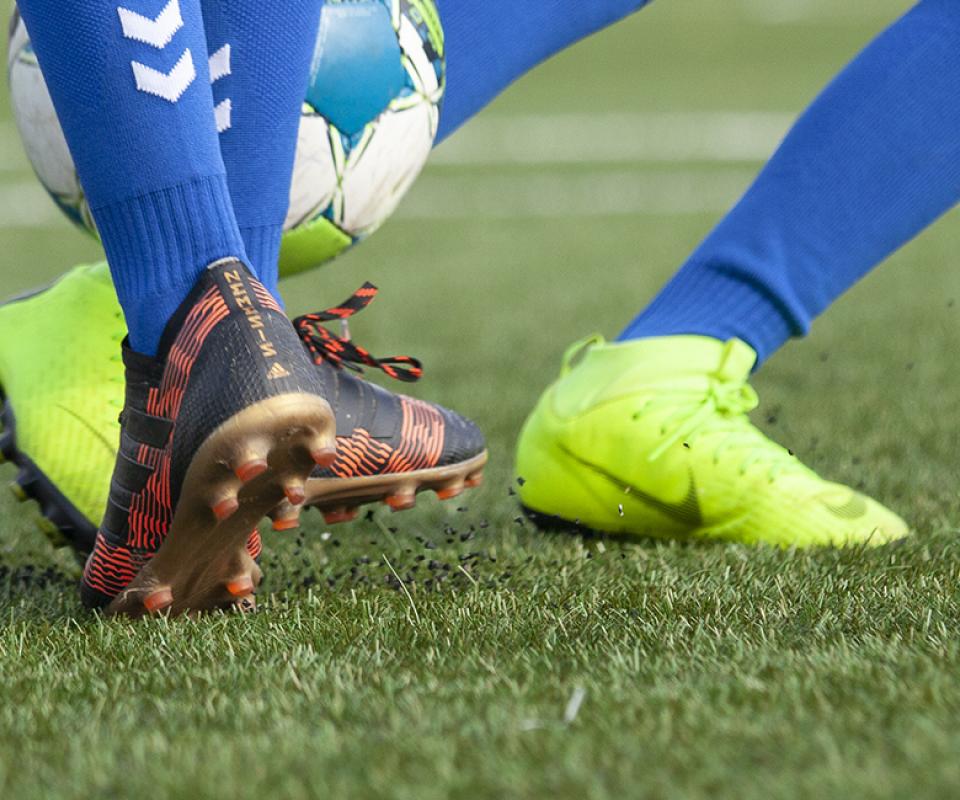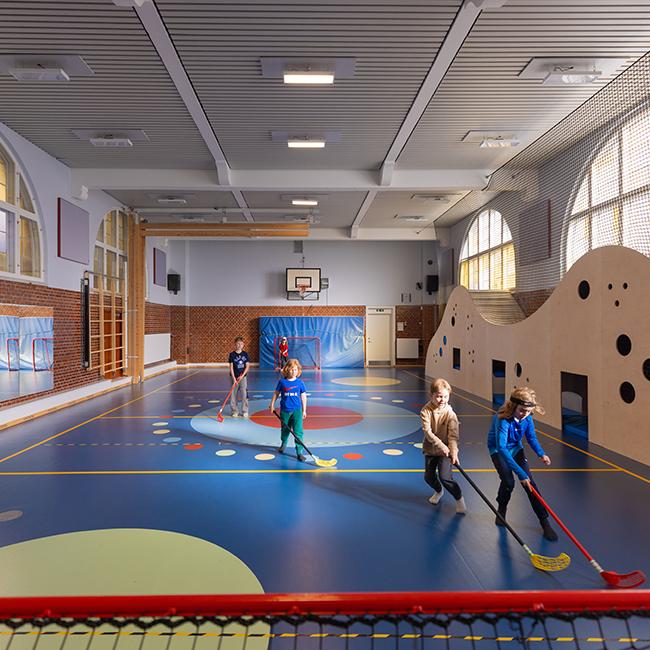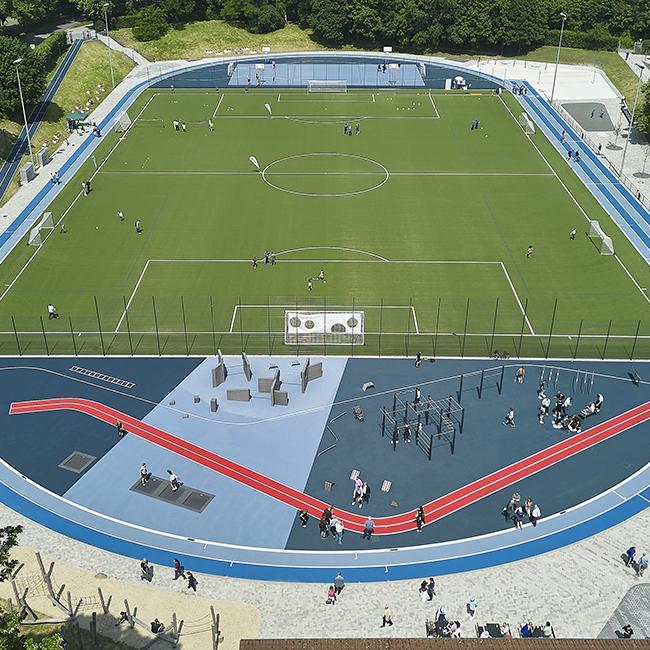Product Environmental Footprint Category Rules as method for life cycle assessment
published in sb magazine 6/2024
Now that the ESTC has completed its project on its latest standardised methodology, Prof. Alastair Cox reflects on the last four years of project work, external reviews and public consultations, allowing the PEFCRs for synthetic turf surfaces to be recognised by the European Commission and be published in knowledge hubs. Cox describes the project’s background and goals. He shares insights into its activities and steps, and the category rules, and looks ahead to the PEFCRs becoming a valuable tool that promotes sustainability by providing a standardised, reliable method for assessing and communicating the environmental impacts of synthetic turf surfaces.
Playing sports is good for individuals and good for society. Regular exercise can reduce the risk of major illnesses, such as coronary heart disease, stroke, type 2 diabetes and cancer and lower the risk of an early death by up to 30%. Participating in sport builds friendships and teaches valuable life skills. Overall, playing sports can significantly enhance physical health, mental well-being and social life. But, to play sport you need good facilities, and for many communities this is often challenging. Especially when demand is high, the climate hostile or financial resources limited. This is why synthetic turf surfaces have become the surface of choice for many who are responsible for providing sports facilities for the communities and clubs they serve.
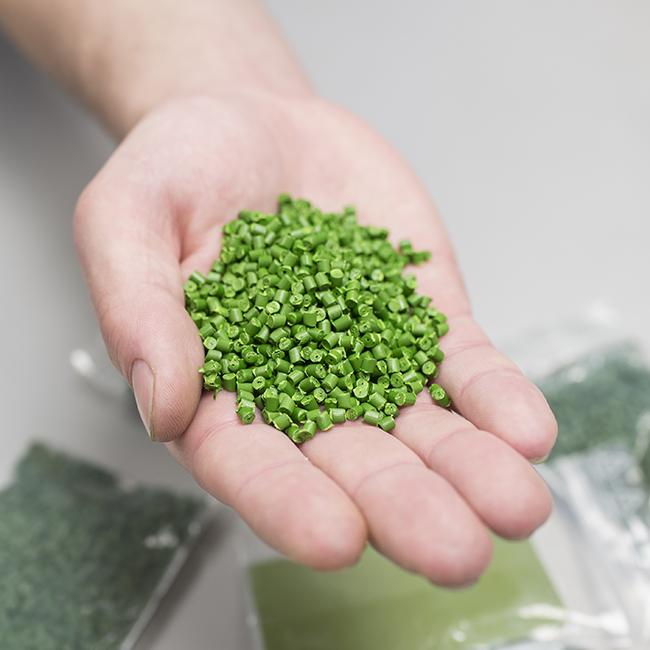
©ESTC
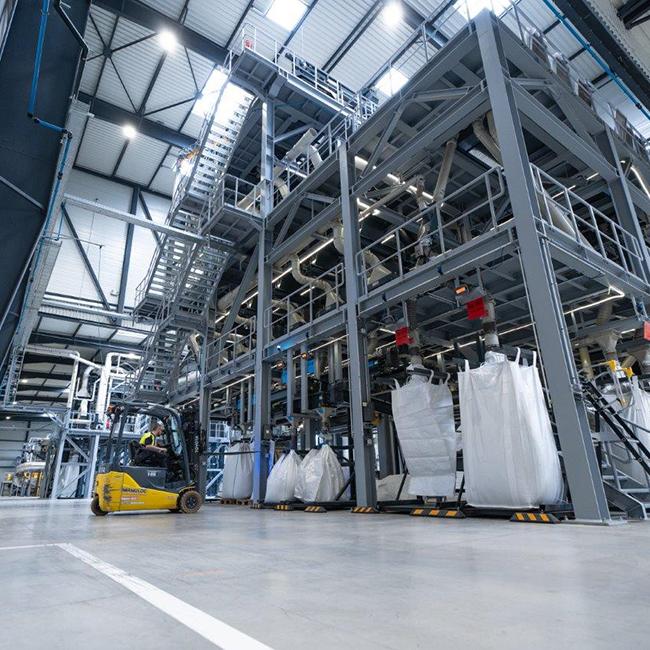
17 environmental impact categories
To provide the consistency and transparency the European Commission requires, all PEFCRs have to assess and report on sixteen key environmental impact categories. These include:
- Impacts on the planet (e.g. greenhouse gas emissions, impact on the ozone layer, the acidifying effects on ecosystems and soil)
- Impact on human health (e.g. toxicity, the effects of fine particles in the air, formation of ground-level ozone)
Impact on natural resources (e.g. water use, land use, mineral and fossil fuel use) - Each of the sixteen categories has to be assessed at each stage of a product’s life cycle from raw material acquisition and pre-processing, through manufacturing, distribution, use and, finally, end-of-life disposal.
Due to concerns about microplastics, ESTC were also asked to include a 17th category relating to the potential for synthetic turf surfaces and their polymeric infills to create microplastic pollution.
